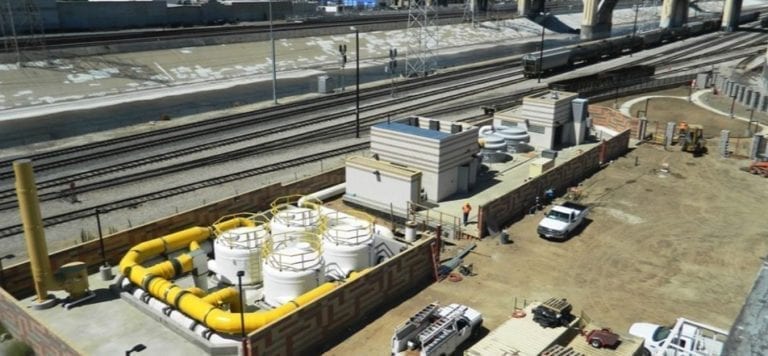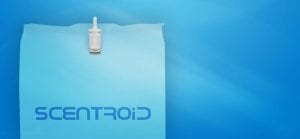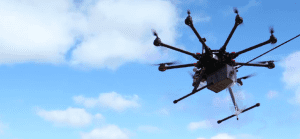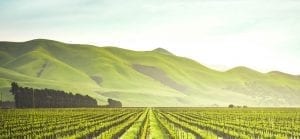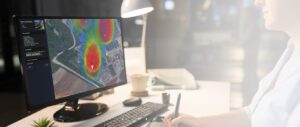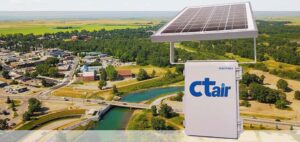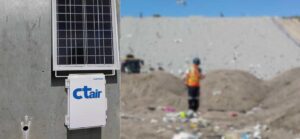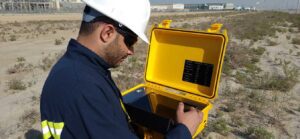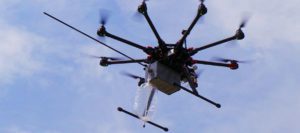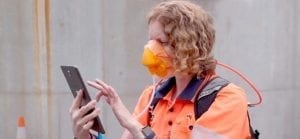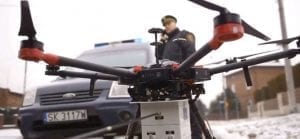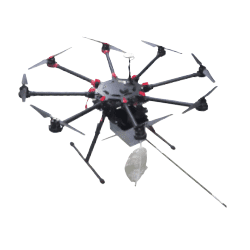The LA Sanitation owns and maintains over 6,700 miles of sewer. In order to remove odour and other related constituents from the collection system, it operates 3 nearby Air Treatment Facilities. The ATFs utilize Biotrickling Filters (BTFs) technology followed by carbon adsorbers as polishing units. The BTFs at the ATFs consist of two (2) media levels. Both media levels use the liquid from the BTF’s sump for irrigation.
In order to improve the BTFs performance, a pilot test started in September of 2015. The goal was to evaluate and improve biological process performance in the Biotrickling Filter. This was measured In terms of its odour and specific compound removal efficiencies under different pH irrigation conditions. The removal efficiencies of BTFs for Hydrogen Sulfide (H2S), speciated Volatile Organic Compounds (VOC) and Total Non-Methane Hydrocarbon (TNMHC) were measured and recorded for different pH levels during this test.
Biotrickling Filters Testing Procedures and Protocols
Knowledge and information gained from the results of these tests will be used to optimize the BTF operational procedures followed at the City’s collection system Air Treatment Facilities (ATFs) and extend the life of the polishing carbon units installed down-stream from the BTFs by reducing the inlet VOC/TNMHC load and the potential capacity taken up by the presence of these compounds.
The BTF test units were installed on the top of a primary battery at the Hyperion Water Reclamation Plant. Foul air from the primary battery was collected and pushed to a manifold where it was distributed to the BTFs.
The test units were two 3-foot diameter Biotrickling Filter vessels. They were installed in series for this test to simulate levels of media in one unit at actual BTF. Each BTF vessel contained 3-feet of Matala polyurethane media with a single head distribution nozzle. These nozzles irrigate the top of the media with liquid from the sump of the BTF. Each BTF also contained a 3-foot sump, make-up water, overflow drain with p-trap, re-circulation pump, nutrient tank and nutrient pump. Testing parameters including Empty Bed Residence Time (EBRT) were adjusted in the test units to also simulate BTF conditions.
Biotrickling Filters Testing Conclusions
Foul air from the primary channel entered the 1st Biotrickling Filter, was treated, and then directed to the 2nd BTF. After passing through the second BTF, treated exhaust air was discharged, returning flow back to the primary battery.
Dampers were installed on the inlet of each BTF to control the airflow and thereby the EBRT for each BTF. The water irrigation system was then supplemented with nutrients to keep the microorganisms healthy and active.
The inlet and outlet concentrations of H2S and TNMHC of each BTF, the pH of the drain water and the amount of make-up water applied to each BTF were measured daily. This routine monitoring was conducted throughout this test period.

